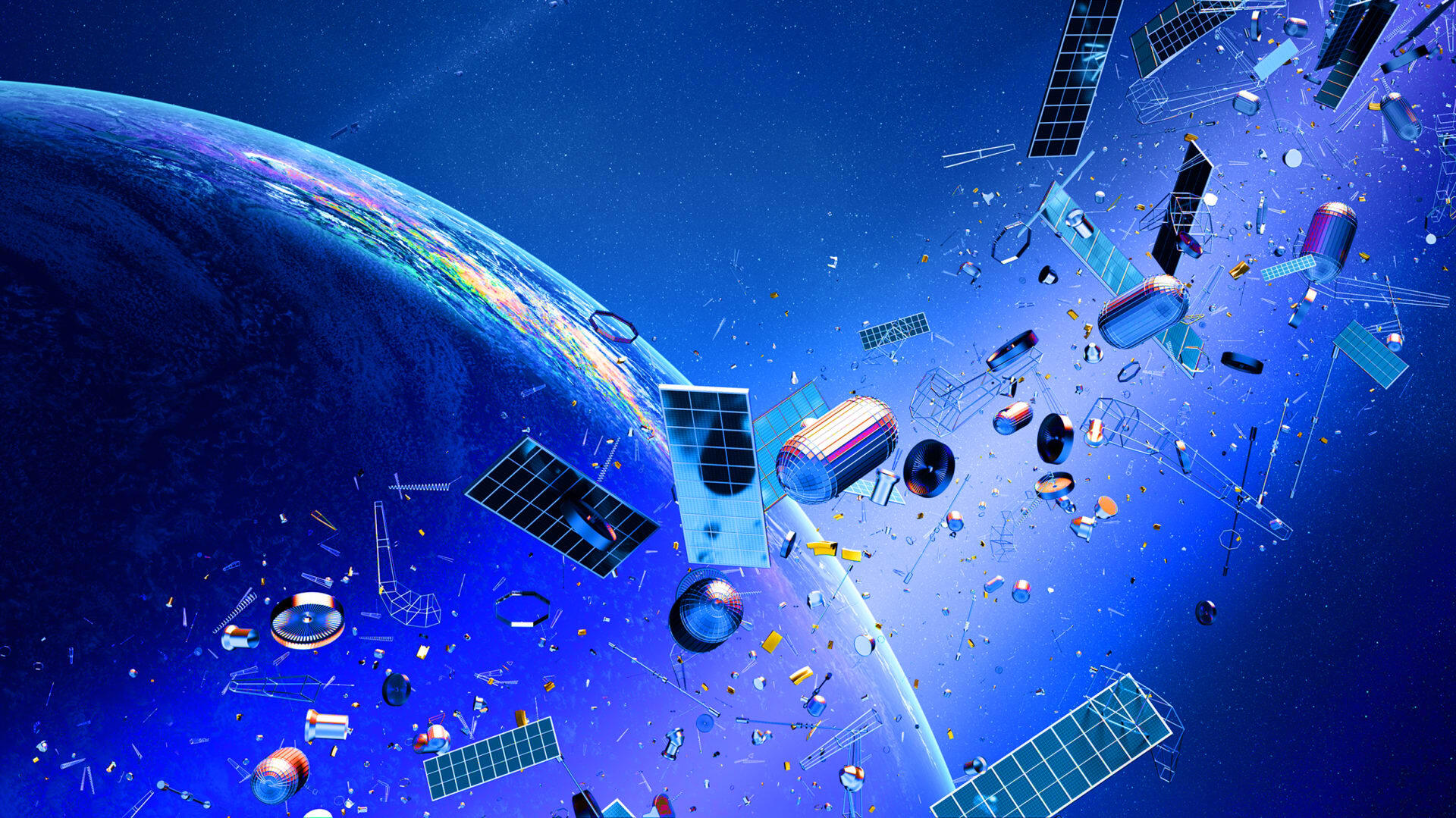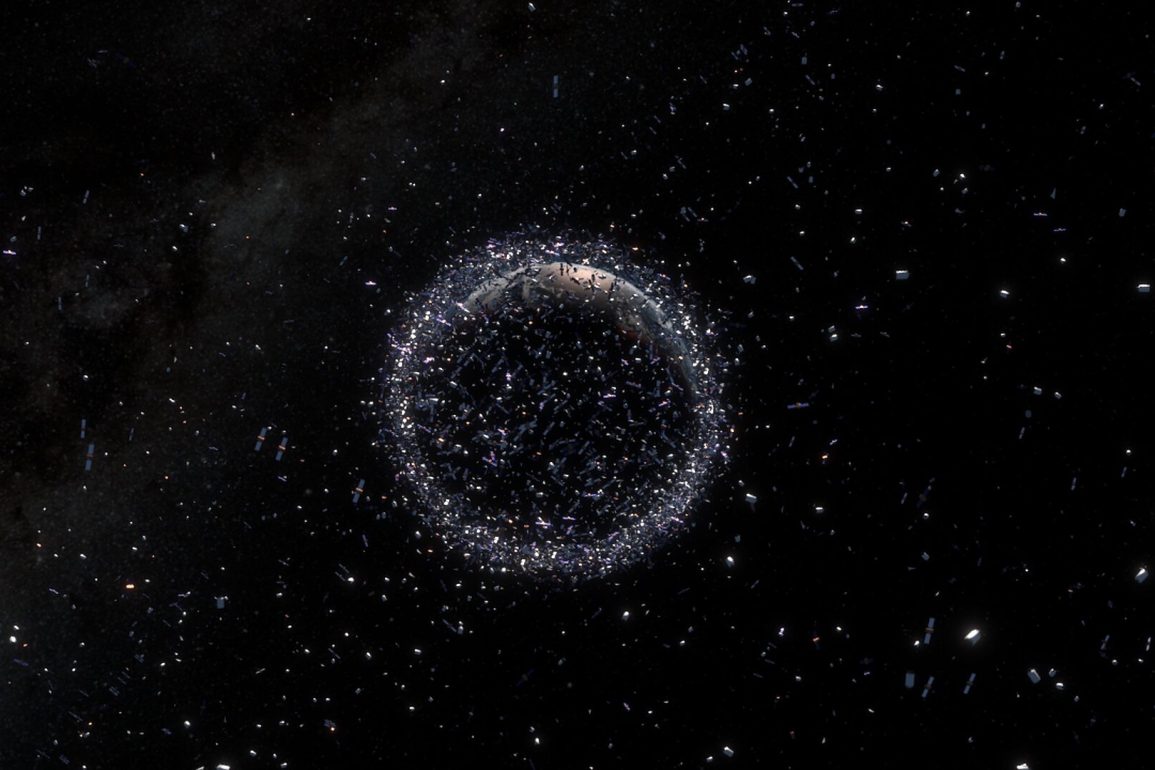Space, just beyond Earth’s atmosphere, faces a growing problem akin to a constantly messy teenager’s bedroom. The European Space Agency’s (ESA) 2024 Space Environment Report, released on July 23, highlights the escalating issue of accumulating satellites and debris in orbit.
Since its inception in 2017, the report has provided an annual overview of space activities, revealing a troubling trend: over 35,000 objects are currently tracked by surveillance networks, including approximately 26,000 pieces of debris larger than 4 inches.
Despite efforts to mitigate space debris, the report suggests that the situation is worsening, creating an unsustainable long-term environment. For example, SpaceX’s Starlink satellites alone had to perform nearly 50,000 collision-avoidance maneuvers in the past year to dodge debris in low-Earth orbit.
The dangers are not confined to space; debris from a SpaceX Crew Dragon spacecraft recently landed in North Carolina, demonstrating the risks posed to people on the ground as well.

The surge in satellite launches, particularly from commercial ventures like SpaceX’s Starlink, exacerbates the issue. Over 6,000 active satellites now occupy low-Earth orbit, turning it into a crowded and hazardous region.
The ESA warns that most satellites launched in 2023 are destined for these busy altitudes, heightening the risk of catastrophic collisions. Such events could trigger a chain reaction of destruction, jeopardizing vital infrastructure like space telescopes and low-orbit space stations.
There are, however, some positive developments. Efforts to reduce space debris by deorbiting payloads and spent rocket bodies have increased, and initiatives like the Zero Debris Charter, recently signed by ESA and several member states, signal a commitment to tackling the problem.
Additionally, 2023 saw a significant rise in uncontrolled re-entries, partly due to heightened solar activity, which hastens the descent of low-Earth orbit objects.
Despite these mitigation efforts, compliance remains a challenge. Many large payloads fail to deorbit at the end of their missions, adding to the growing debris field. The ESA predicts that the frequency of catastrophic collisions will significantly rise over the next few centuries if current trends continue.
To avert a more immediate increase in space junk, stronger and more effective mitigation strategies are essential. Although progress has been made, the complex interplay of physics, commercial interests, and international law continues to hinder comprehensive solutions.

